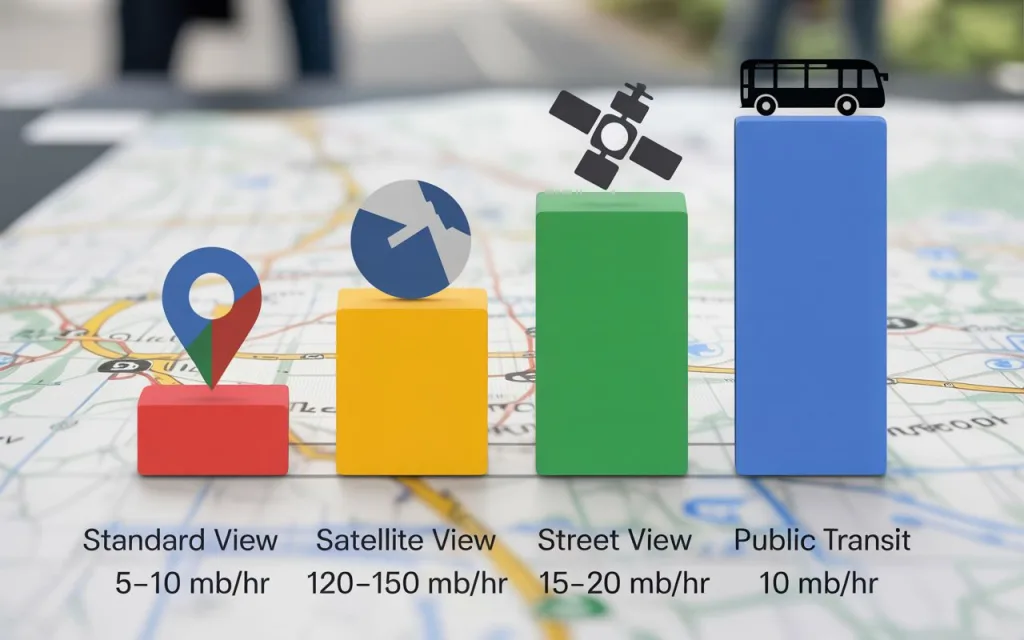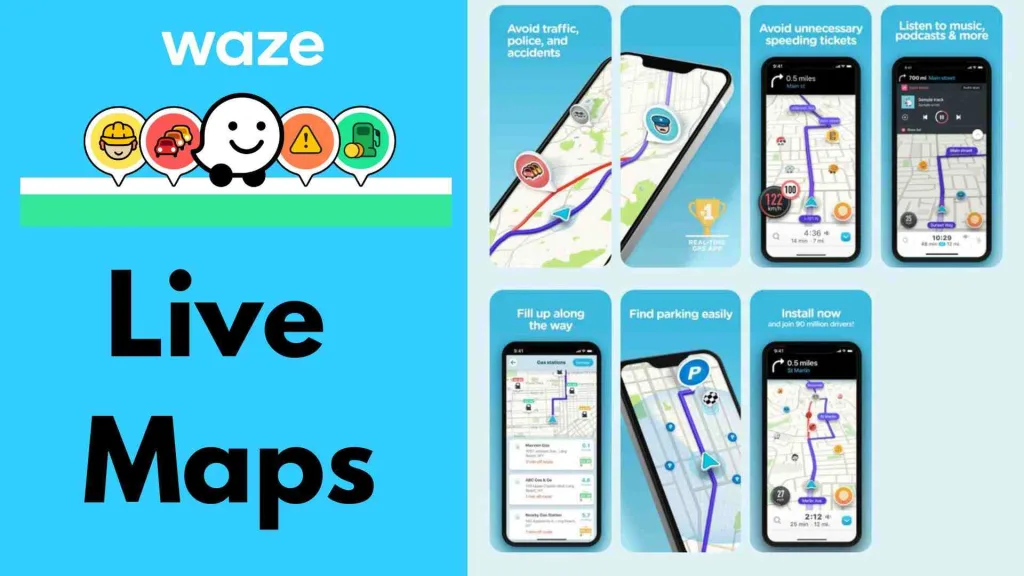How Much Data Does Google Maps Use? A Comprehensive Guide
Google Maps has become an indispensable tool for navigation, offering real-time traffic updates, turn-by-turn directions, and various map views. However, with the increasing reliance on mobile data, understanding how much data does Google Maps use is crucial for users, especially those with limited data plans or traveling abroad. This comprehensive guide delves into the data usage of Google Maps, factors influencing it, and tips to optimize data consumption.
Understanding Google Maps Data Usage
Google Maps is designed to be data-efficient, but its consumption varies based on usage patterns and features accessed. On average, Google Maps uses approximately 5 to 10 MB of data per hour during standard navigation. However, this can increase significantly when utilizing features like satellite view or Street View.

Data Consumption by Feature
- Standard Navigation (Map View): Approximately 5–10 MB per hour.
- Satellite View: Can consume up to 120–150 MB per hour due to high-resolution images.
- Street View: Uses about 15–20 MB per hour.
- Public Transit Navigation: Around 10 MB per hour.
- Frequent Zooming/Scrolling: May increase usage to 15 MB per hour.
Factors Influencing Data Consumption
Several factors can affect how much data Google Maps uses:
1. Map Type
- Standard Map View: Consumes the least data.
- Satellite/Terrain View: Uses more data due to detailed imagery.
2. Zooming and Scrolling
Frequent zooming or panning requires the app to load new map tiles, increasing data usage.
3. Real-Time Features
Features like live traffic updates and route recalculations use additional data to provide up-to-date information.
4. Searching for Locations
Each new search can download additional data, including place details, reviews, and photos.
5. Street View and 3D Maps
These features load high-resolution images and 3D models, significantly increasing data consumption.

Offline Maps: A Data-Saving Solution
Google Maps allows users to download maps for offline use, which can drastically reduce data usage.
How to Download Offline Maps
- Open Google Maps and search for the desired location.
- Tap on the location name or address at the bottom.
- Select “Download” and adjust the area to be saved.
- Tap “Download” to save the map for offline use.
Using offline maps disables real-time features like traffic updates but provides reliable navigation without consuming mobile data.
Read Here: Waze vs Google Maps: Which Navigation App is Right for You?
Tips to Reduce Google Maps Data Usage
Here are some practical tips to minimize data consumption:
- Use Offline Maps: Download maps over Wi-Fi before traveling.
- Stick to Standard Map View: Avoid satellite or terrain views unless necessary.
- Limit Real-Time Features: Turn off live traffic updates when not needed.
- Preload Routes: Search and load your route while connected to Wi-Fi.
- Restrict Background Data: Adjust app settings to prevent background data usage.

Comparing Google Maps to Other Navigation Apps
When it comes to data usage, Google Maps is relatively efficient compared to other navigation apps:
- Google Maps: 5–10 MB per hour.
- Waze: Approximately 8 MB per hour, due to real-time, crowdsourced updates.
- Apple Maps: Similar to Google Maps, around 5–10 MB per hour.
- Citymapper: Around 3–5 MB per hour, focusing on public transit.
- Komoot: Higher data usage due to detailed topographic maps, especially when used online.
These comparisons highlight Google Maps’ balance between functionality and data efficiency.
Understanding GPS and Data Usage
It’s important to note that GPS functionality itself does not consume mobile data. GPS uses satellite signals to determine your location. However, Google Maps requires data to download map information, search results, and real-time updates. Using offline maps allows you to utilize GPS for navigation without consuming additional data.
Conclusion
Google Maps is a powerful navigation tool that is surprisingly data-efficient, especially when using standard features. By understanding the factors that influence data usage and utilizing offline maps, users can navigate effectively without worrying about excessive data consumption. Implementing the tips provided can help you make the most of Google Maps while keeping data usage in check.





